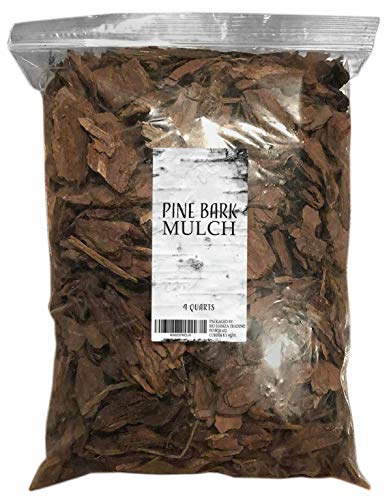Maybe you're lucky enough to own a property with mature maple trees. Or maybe you want to set out some saplings in the hopes of future shady summer days. Either way, you want to give your trees the best care possible, including deciding whether to place mulch around them. We've compiled all you need to know about mulching around your maple trees.
Mulching around maple trees is a great practice for promoting the health of your trees. It helps regulate moisture and temperature around the trees' roots and enriches the soil. You should use mulch with large pieces of organic material, such as wood or bark chips, and contains no artificial colors or dyes.
Now that you know that, you might still have questions about the correct way to apply mulch to your trees. To learn more about this topic, keep reading!
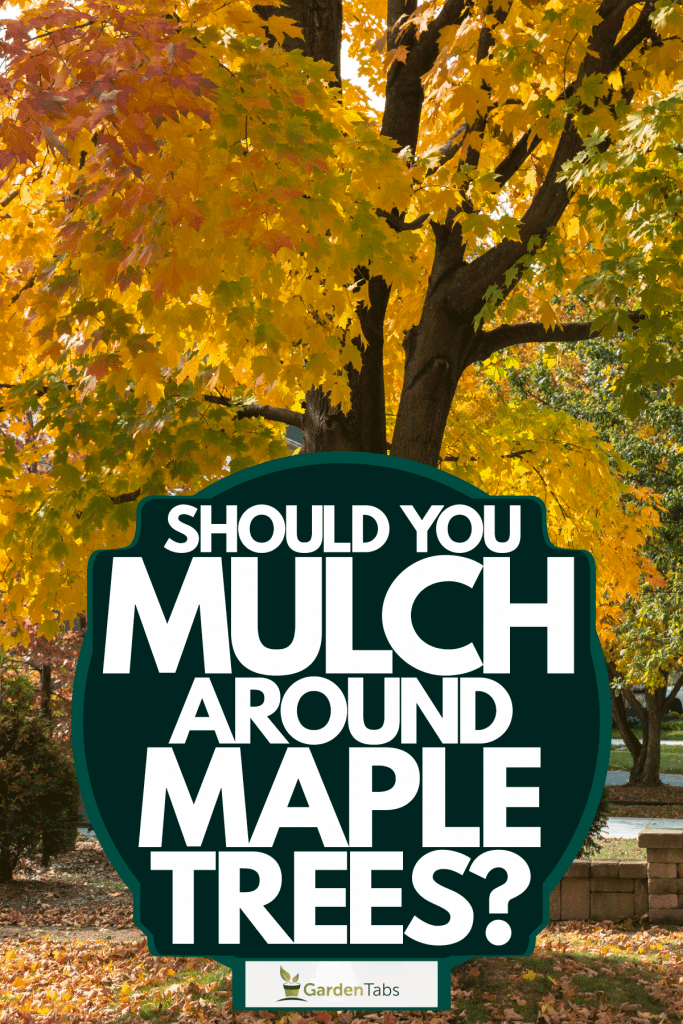
What are the advantages of mulching around maple trees?
One of the biggest advantages of mulching is that it helps regulate temperature and moisture levels in the soil around your trees. One way mulch regulates moisture is by absorbing runoff from heavy rains. On the other side of the coin, mulch stops water from evaporating out of the soil during dry periods. Mulch regulates the temperature of your soil by providing an insulating layer between it and the air. This is in the same way that insulation protects your house from temperature extremes.
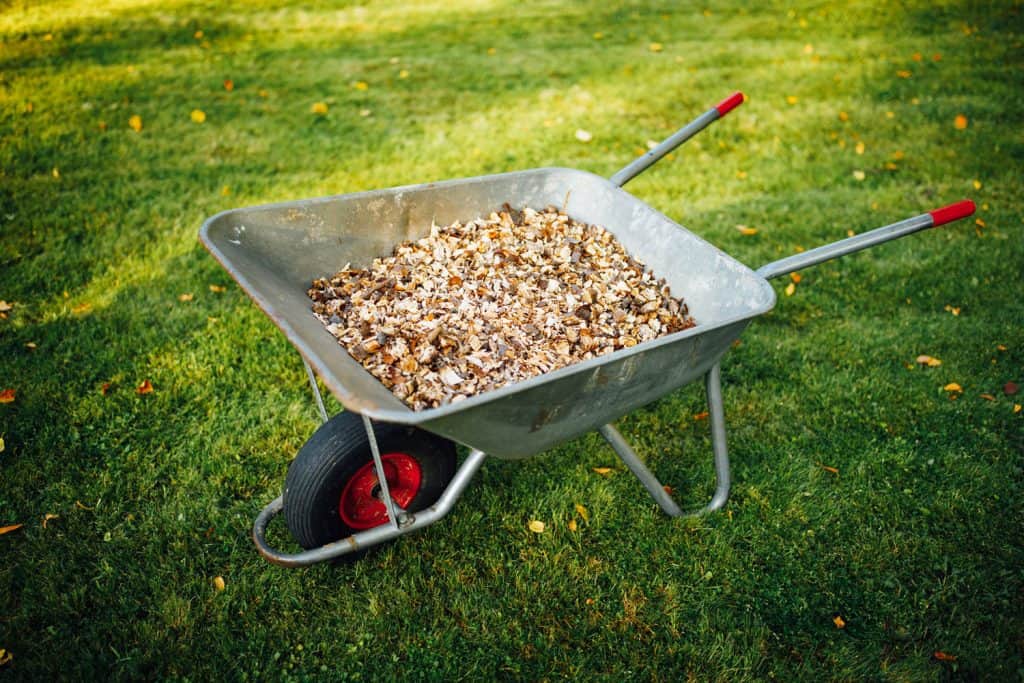
Mulch nourishes the soil around the tree because it will gradually decompose and the nutrients found in the plant matter will be added to the soil. There's no need to remove and replace mulch once you've put it down. Just top it off with fresh mulch if it starts to get thin.
You don't need to mow areas that are covered in mulch. So, mulching can also protect your tree from damage due to errant lawnmower blades or a weedwhacker getting too close to the trunk.
Mulch also prevents the growth of weeds around your tree. If your tree is very young and its root system is still getting established, weeds can interfere with this process and steal away the nutrients that your tree needs.
Check out this pine bark mulch on Amazon.
What are the best kinds of mulch to use?
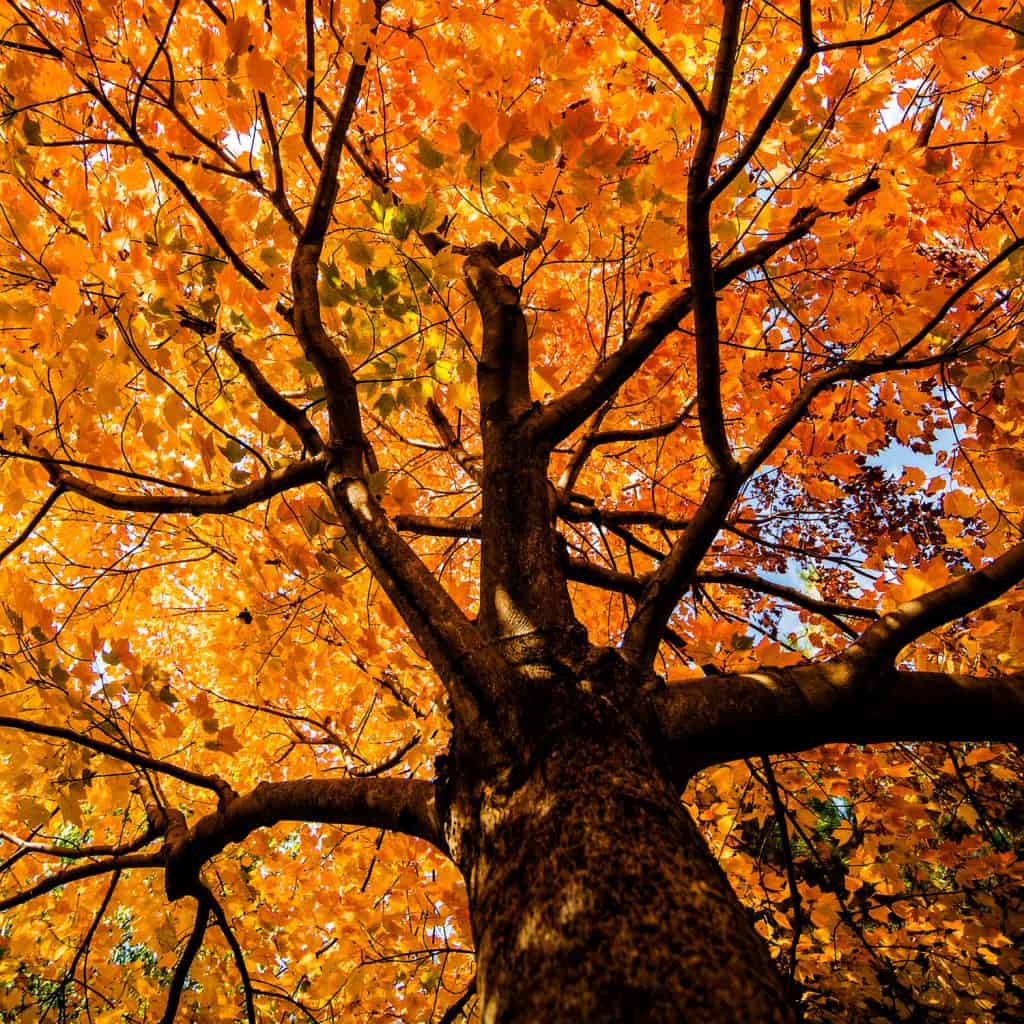
You should use organic material, such as wood or bark chips. Don't use rubber mulch or some other non-organic material. At best, you will be depriving your tree of the nutrients it could gain from decomposing mulch. At worst, you could be subjecting your tree to leaching of toxic chemicals.
You also don't need mulch that has artificial colors or dyes in it. The dyes themselves can be harmful to your tree. Moreover, dyed mulch is more likely to be sourced from recycled wood. This might sound great in theory, but you have no idea what chemicals that old grocery store pallet might have been steeped in. Dyed mulch also breaks down more slowly than natural mulch, so your trees won't benefit as much from nutrients produced by decomposition.
Using landscaping fabric or a plastic barrier under the mulch is unnecessary and can even be harmful. With a barrier in place, your tree cannot benefit from the decomposition of the lower layers of mulch. Some types of barriers can also block water flow, making your tree either too wet or too dry.
You want your mulch particles to be medium to large in size. Mulch that is too finely chopped can become compacted over time, in which case air and water will not be able to flow through it as easily.
How far out should you mulch around a tree?
For a newly planted sapling, you should spread mulch in a 2-foot radius all around the tree. For larger trees, it's recommended to mulch out to the drip line. The "drip line" is the edge of the outermost branches of a tree.
However, maple trees can become extremely large and you might not want to mulch huge swaths of your yard for practical or aesthetic reasons. In these cases, spread mulch as far out as is practically possible.
Should mulch touch a tree trunk?
When you spread mulch around your tree, make sure it does not go right up to the tree's trunk. Moreover, you definitely need to avoid a mistake known as "volcano mulching." This term refers to a situation where mulch is piled up high around the tree's trunk in a mountain- or volcano-like shape. Having mulch covering your tree's trunk can cause several serious problems:
- Rain can run off the steep sides of the mulch pile, depriving your tree's roots of water.
- The mulch pile can provide a cozy hiding place for rodents, insects, and other pests. These can subsequently damage your tree via chewing and digging.
- Mulch can trap moisture against the tree trunk instead of letting it naturally run off. This can cause your tree trunk to rot, creating cracks in the bark that allow for problems to spread to the heart of the tree. This excess moisture can also encourage the growth of harmful fungi.
- If the mulch is in a mound, it is probably too deep, which causes its own host of problems.
So what should you do instead? You should spread mulch in a flattened donut shape, leaving at least 4 inches of space all around the tree's trunk and keeping the mulch layer relatively level. A rake will help you make quicker work of this project.
Check out this rake on Amazon.
Can you put too much mulch around a tree?
It's pretty much impossible to mulch too far around a tree, but you can absolutely mulch too deeply. This can negate the benefits of mulching and cause a number of serious problems.
For example, you might not know that a tree's roots require oxygen in addition to water. Too much mulch can prevent this necessary oxygen exchange and cause serious problems for your tree.
Over-mulching can also cause your mulch layer to retain too much water. This can also inhibit oxygen exchange and creates an ideal environment for root rot.
If your tree is young and still getting established, a thick mulch layer can encourage the tree's roots to grow into the mulch itself rather than into the underlying soil. This obviously gives your tree a much less stable foundation.
Why do maple tree roots grow above ground?
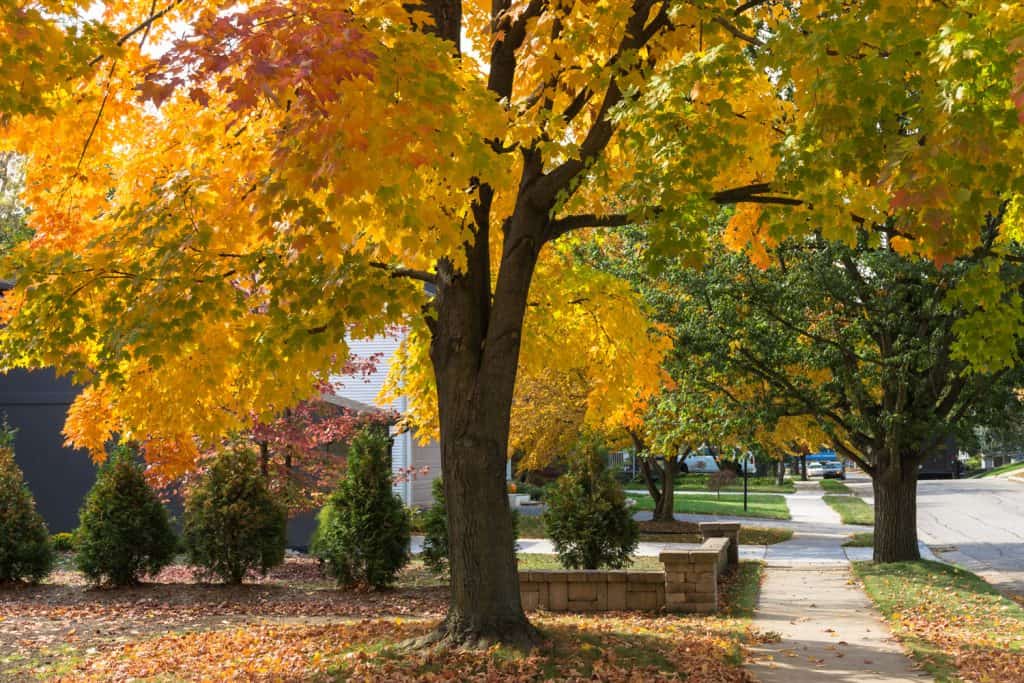
To a certain extent, roots growing above ground are normal. Most tree roots grow in the top 12 to 18 inches of soil. As these roots grow thicker over the years, they will sometimes push through the surface of the soil. Silver maples are particularly likely to have shallow root systems, but all maple species will end up with some surface roots. These roots can be annoying if they create rough terrain for your lawn mower or push up paving stones, but they aren't harmful to the tree itself.
However, if your tree has the majority of its root system above ground, this can be a sign of serious issues. The most common cause is a tree that is starved for nutrients - water and oxygen. This problem can be caused by existing poor quality soil. However, it can also be caused by over-mulching or otherwise smothering the tree's roots. If the problem has developed recently, thinning the mulch or removing other problematic elements covering the tree's roots can reverse the problem and dramatically improve your tree's health.
In other cases, the problem has gone on for a long time and has become a serious threat to the health of the tree. When in doubt, consult a professional arborist. They can determine the best way to remove problematic roots without killing your tree.
Root girdling
The most serious form of root problems is known as root girdling. In this situation, roots emerge from the soil very close to the tree's trunk and partially encircle it. If the roots collectively encircle more than 50% of the tree's trunk, that is a very serious threat to its health. It's also a threat to nearby humans. Imagine how much damage could be caused by a 50- or 100-foot maple tree suddenly snapping off at its base and falling onto the nearest house!
If you think your tree might be suffering from root girdling, contact an experienced arborist straight away. They will know the best ways to cut away the encircling roots without killing the tree. Alternatively, if the tree is too far gone to be saved, they will be able to remove it safely.
Keep your maple trees healthy and beautiful
Maple trees are a wonderful addition to your yard, providing shade and a lovely view of a majestic tree. Mulching around them can promote their health and your enjoyment, but it must be done correctly to reap the full benefits. Now that you know all the tricks for caring for your trees, it's time to go out and update your landscaping!
Before you go, check out these other posts that may be of interest to you:

